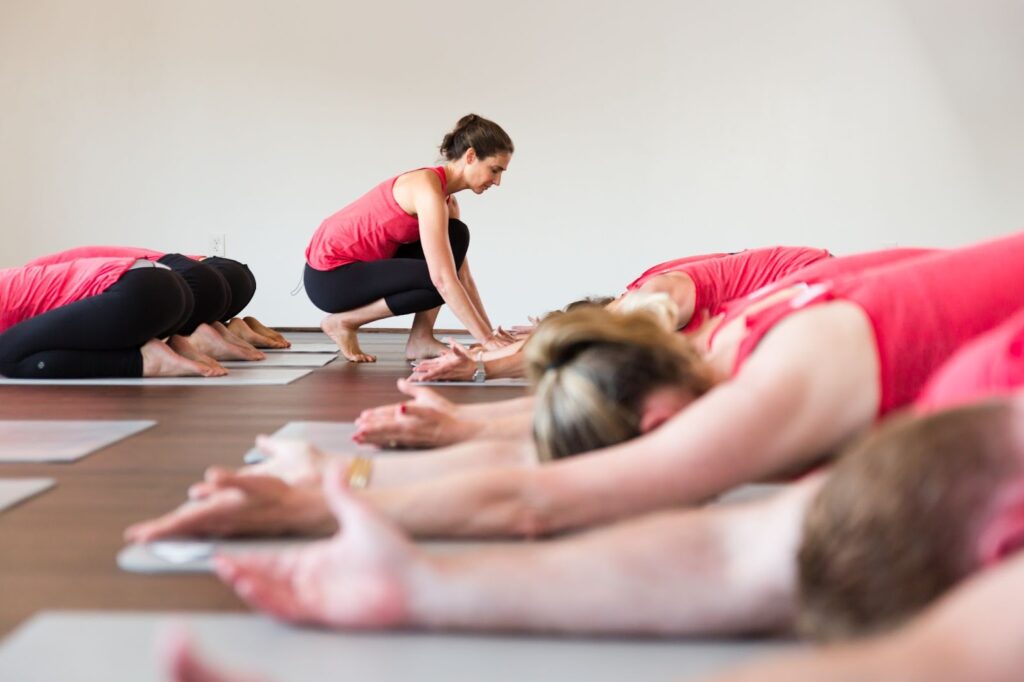Rheumatoid arthritis (RA) is a chronic autoimmune inflammatory disorder that can not only affect your joints but many other body systems as well. RA can cause a wide variety of symptoms, impacting the lungs, skin, kidneys, eyes, heart, bone marrow, and blood vessels. Unlike osteoarthritis, which is caused by typical wear and tear to the bones and joints, RA differs in that your immune system is attacking its own body tissues and joint lining. This leads to painful swelling and eventually bone deformity. The inflammation can then spread to other areas of the body causing further disability.
Symptoms of RA include weak, warm, and swollen joints, joint stiffness that is usually worse in the mornings or after periods of inactivity, fatigue, fever, and loss of appetite. RA usually impacts smaller joints first, especially the hands, fingers, toes, and feet. As the disease advances it impacts larger joints in the body such as the shoulders, hips, knees, ankles, and elbows. Symptoms can vary in frequency and intensity, with individuals usually experiencing “flare-ups” when inflammatory symptoms return followed by periods of relative remission. Over time the bones and joints can become deformed with nearly permanent changes, particularly affecting the hands such as a shift in the way the fingers line up called a Boutonniere deformity.
Typical treatment options include a series of anti-inflammatories both steroidal and nonsteroidal in nature and in severe cases surgical treatment is indicated. However, these medications can cause long-term damage to your organs and possibly thwart your body’s natural inflammatory healing response to other diseases and infections. Identifying your body’s personal triggers that contribute to immune flare-ups is key for keeping your symptoms at bay. Many of my patients, clients, family, and friends have found that gluten, dairy, and sugar or foods high in added sugar content can lead to increased inflammation. One nutrition tip to consider: Parsley contains a potent compound called carnosol that specifically targets the inflammation often caused by Rheumatoid Arthritis! Add it to juices, smoothies, lunches, and dinner wherever you can!
Another beneficial and unfortunately less prescribed option (other than post-surgery) is physical and occupational therapy! Our bones and joints stiffen and weaken based on the stresses we are or are not putting on them. Positive movement and mobility at each joint structure as well as releasing the fascial restrictions throughout the body can be very helpful, especially since this is a systemic disorder involving the whole body’s inflammatory response.
It is important to be aware of the good stress/bad stress scenario. The body can easily go back into a heightened sympathetic fight or flight pain response state when overstressed, so it is paramount to keep movement and mobility in smaller pain-free ranges, gradually increasing tolerance. Working on movement, especially during periods of remission as opposed to flare-ups, is also something important to consider.
Opening and closing of the fists, hand, and fingers at each digit, performing exercises utilizing putty or sand to get textured proprioceptive feedback stimulus through the hands, and performing nerve glide exercises can all be helpful. Strengthening the scapular stabilizers and shoulder girdle and opening of the chest spaces will also help to decrease the load and strain put on the hands with increased activity. My favorite nerve glide is the “busy bee”:
Bring your hands to a prayer position, palms together with elbows wide. Keep your palms together as you wiggle your hands left and right (sort of like the genie in a bottle dance), bringing your hands up overhead as high as possible without pain or separating the palms. Return back down to the starting position and repeat 10 times.
Seeking out a good PT, OT, or myofascial release therapist are great option to help improve your symptoms during both periods of flare-ups and remission. Also check out the LYT daily platform for other exercise ideas targeting the wrist, hands, and opening of the joint spaces and fascial lines to help with long-term movement and mobility maintenance.
References:
https://www.mayoclinic.org/diseases-conditions/rheumatoid-arthritis/symptoms-causes/syc-20353648






